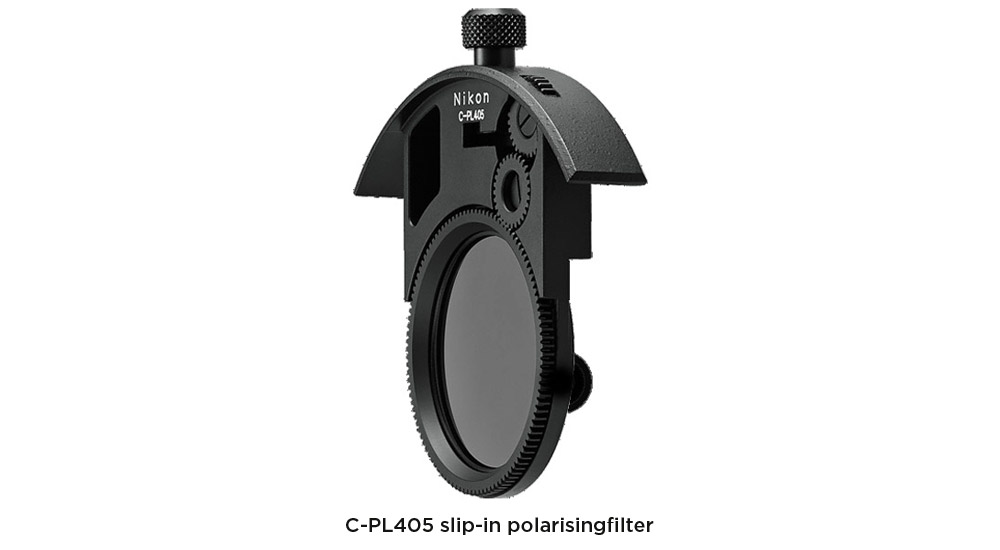By : Nikon School Blog | 3 May, 2019 |
Nikon is a name famous globally for their cameras and lenses. However, Nikon also manufactures a wide range of accessories to help photographers enhance the performance of their equipment. Among these, Nikon filters are rated highly for their high quality and are the first choice of photographers for their NIKKOR lenses.
Nikon manufactures two kinds of filters – the Neutral Clear (NC), and the Circular Polariser (CPL).
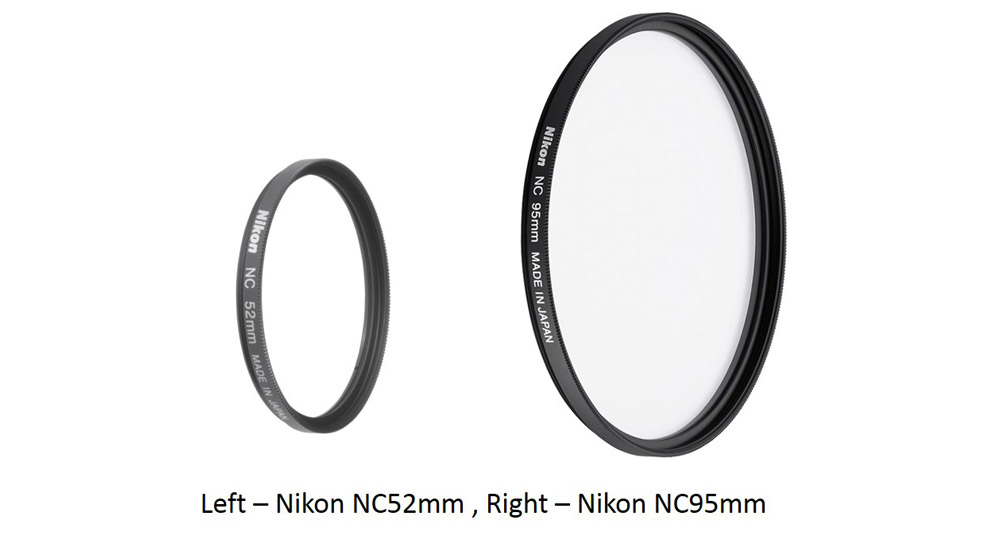
The Neutral Clear or NC filters are primarily used for lens protection. Any impact that can damage the front element of the lens is reduced significantly by the NC if it is mounted on a lens. However, any glass has to be of very high quality if it covers a lens, so as not to affect image quality. Here, the legendary quality of Nikon glass comes into play. Nikon’s neutral clear filters have multi-layer coating that minimises internal reflections and improves color rendition. This also helps in reducing flare and ghosting, improving the overall quality of the image. The glass in Neutral clear filters is also colour neutral, i.e., it does not affect the colour balance of the image in any way.
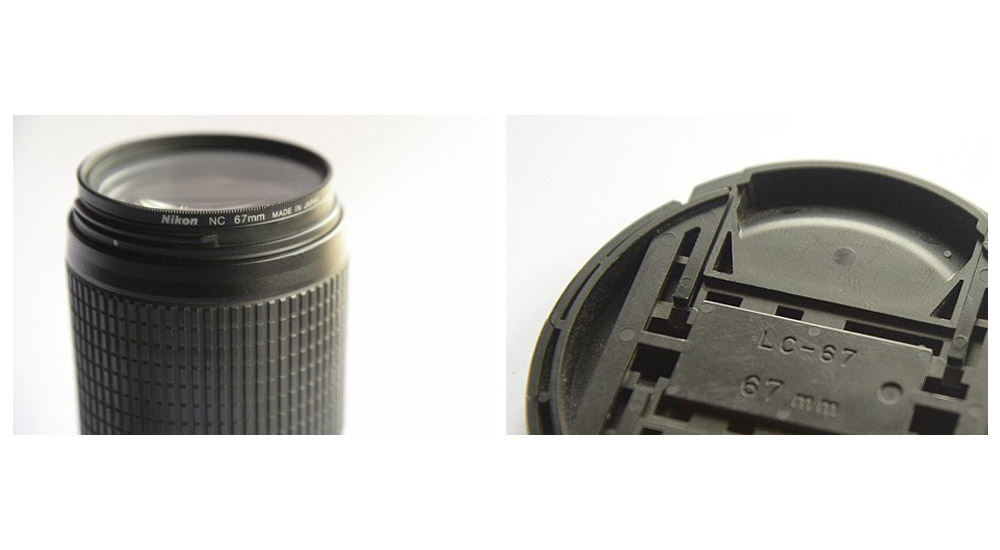
You can mount a Nikon NC filter on any NIKKOR lens and keep it attached always, as it does not impact exposure in any way. Just look for an NC with the same mount diameter as your lens’. It is mentioned both on the lens barrel and behind the lens cap. Mounting the filter is easy, just screw it onto the front of your lens and your lens is safe behind the highest quality Nikon glass!
Nikon NC filters are available in a variety of sizes ranging from 52mm to 95mm.
The Nikon Circular polariser filters or C-PLs are made of two pieces of glass set in a filter ring which can screw onto your lens just like the NC filters. The outer glass piece can be rotated, altering the way light enters the lens. The most popular effect of C-PLs is to darken the sky and dramatically increase the contrast between the sky and clouds. This is the reason why Nikon C-PLs are very popular with landscape photographers.
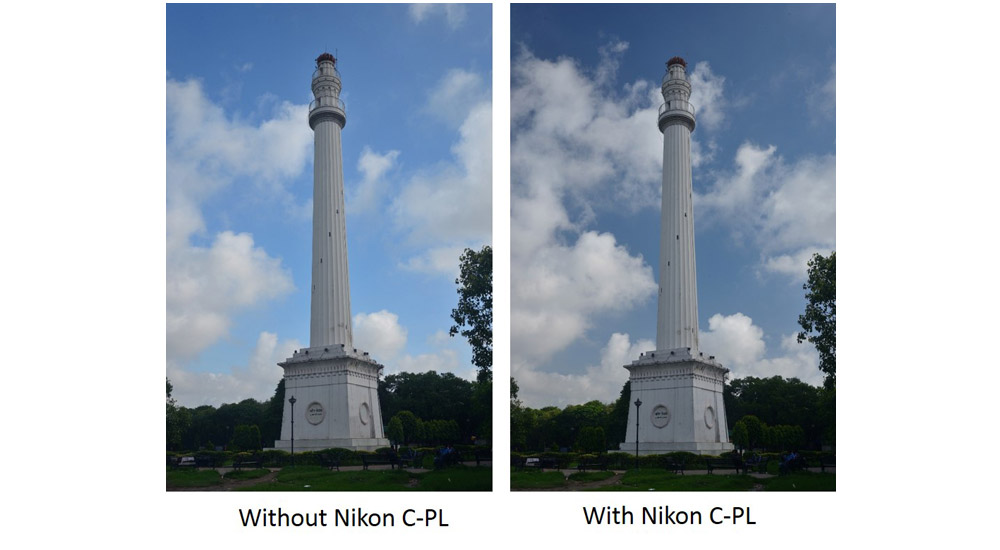
While shooting in early morning conditions, tiny water droplets on the grass or in the air often scatter light in a way that makes colours appear flatter than actual. Nikon C-PLs can cut out these reflections and help you get richer colours.
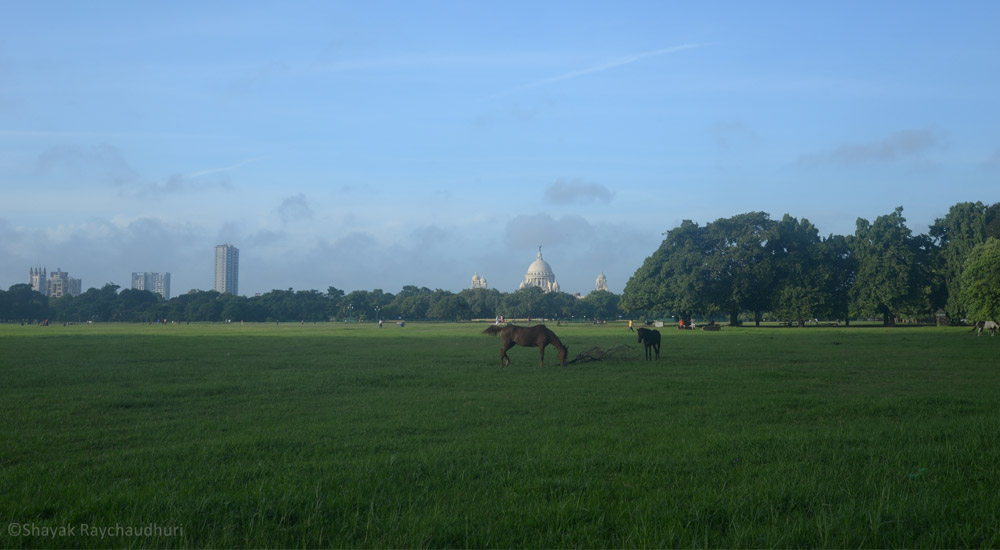
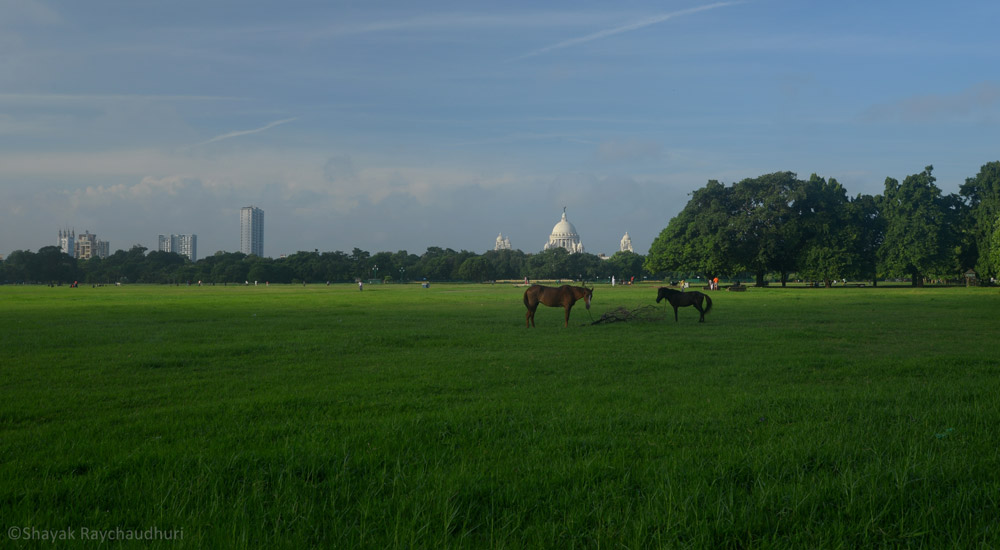
Often, you are faced with unwanted reflections in your frame, like those on windows, or in water bodies like ponds and puddles, or on flowers and leaves. Rotating the C-PL filter’s front part can cut these reflections, something that is almost impossible to achieve in post processing.
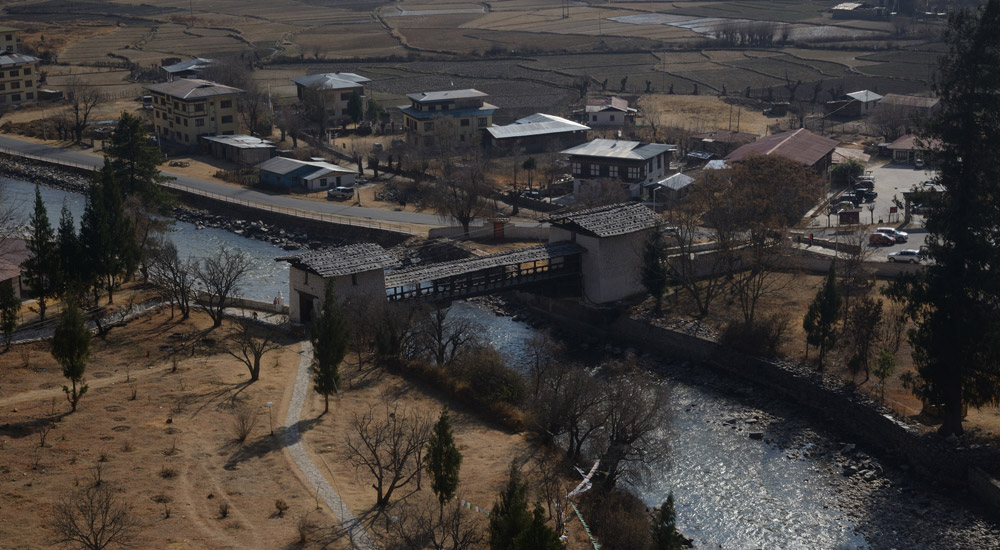
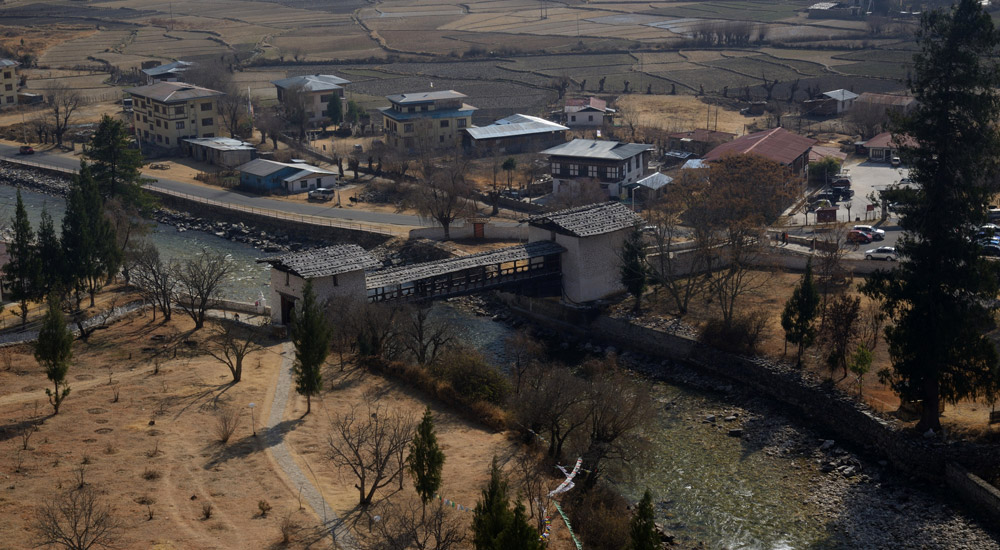
The C-PL filters cut down light by 1.5 to 2 f/stops. Hence, they should not be kept attached to the lens. The camera’s metering system will meter exposure accurately while the C-PL is attached to the lens. If the C-PL makes the shutter speed go below safe levels, a tripod should be used. This means, you can also use a C-PL to cut out excess light while attempting slow shutter speed shots in bright conditions.
Some prime telephoto lenses with very wide front diameters are compatible with the C-PL405 slip-in polarising filter which is a 40.5mm polarising filter that fits the built-in filter attachment of these lenses.
